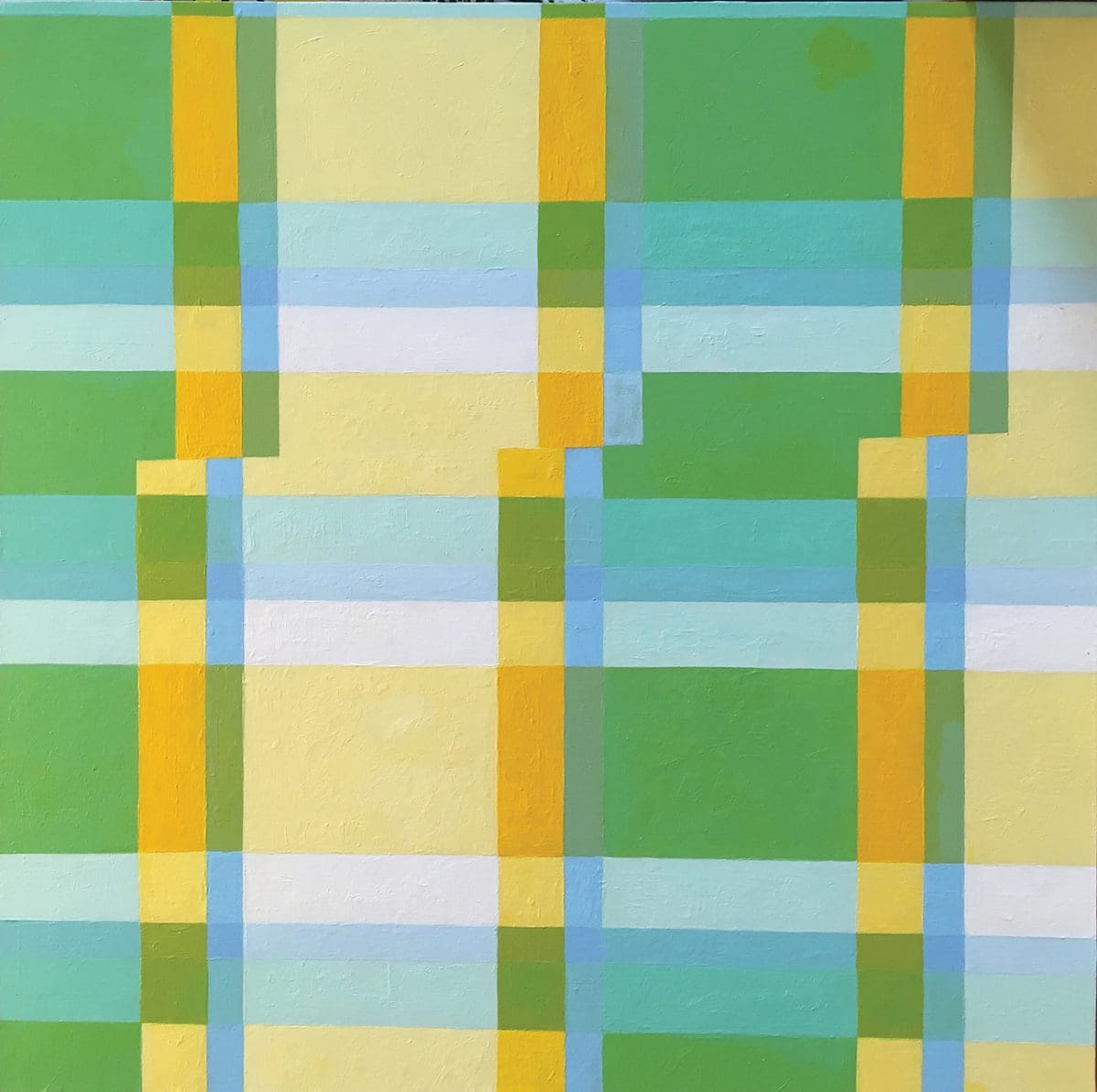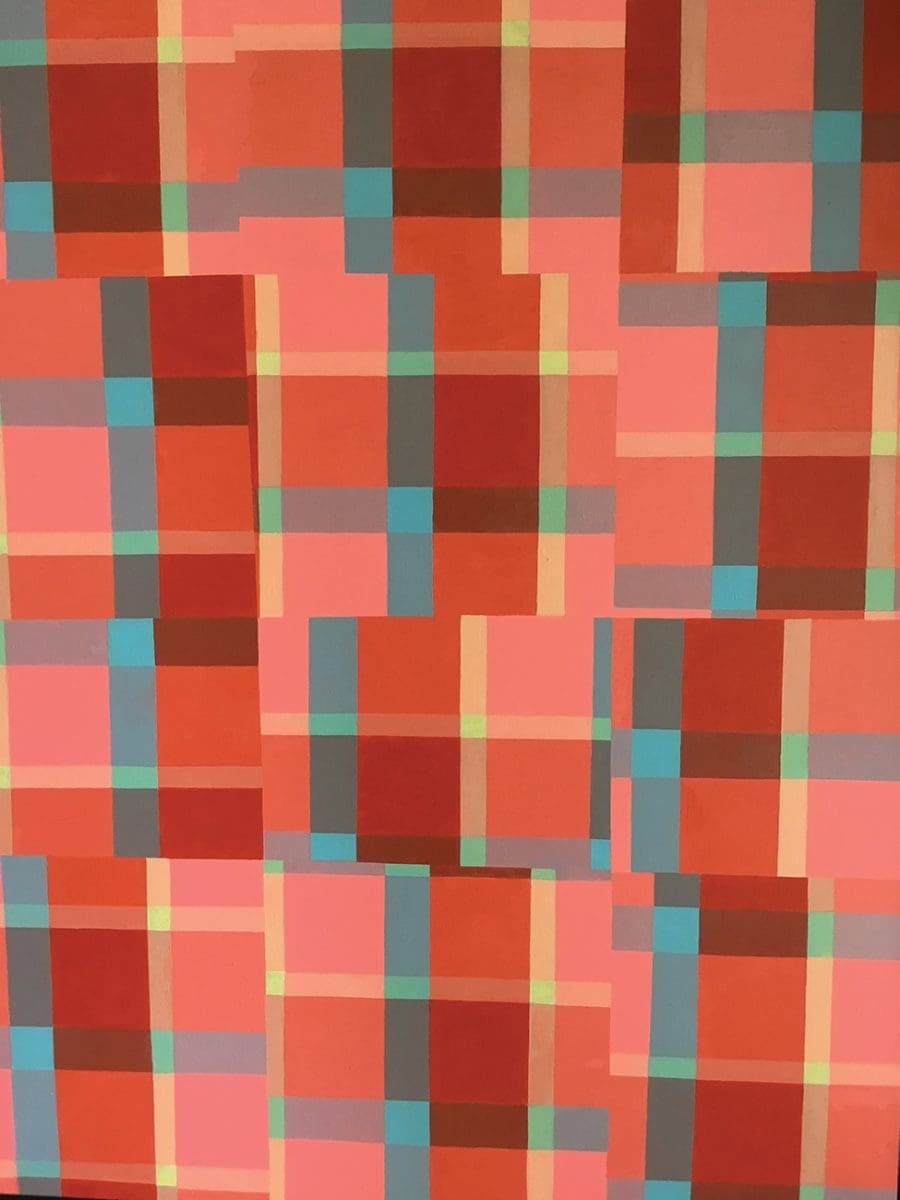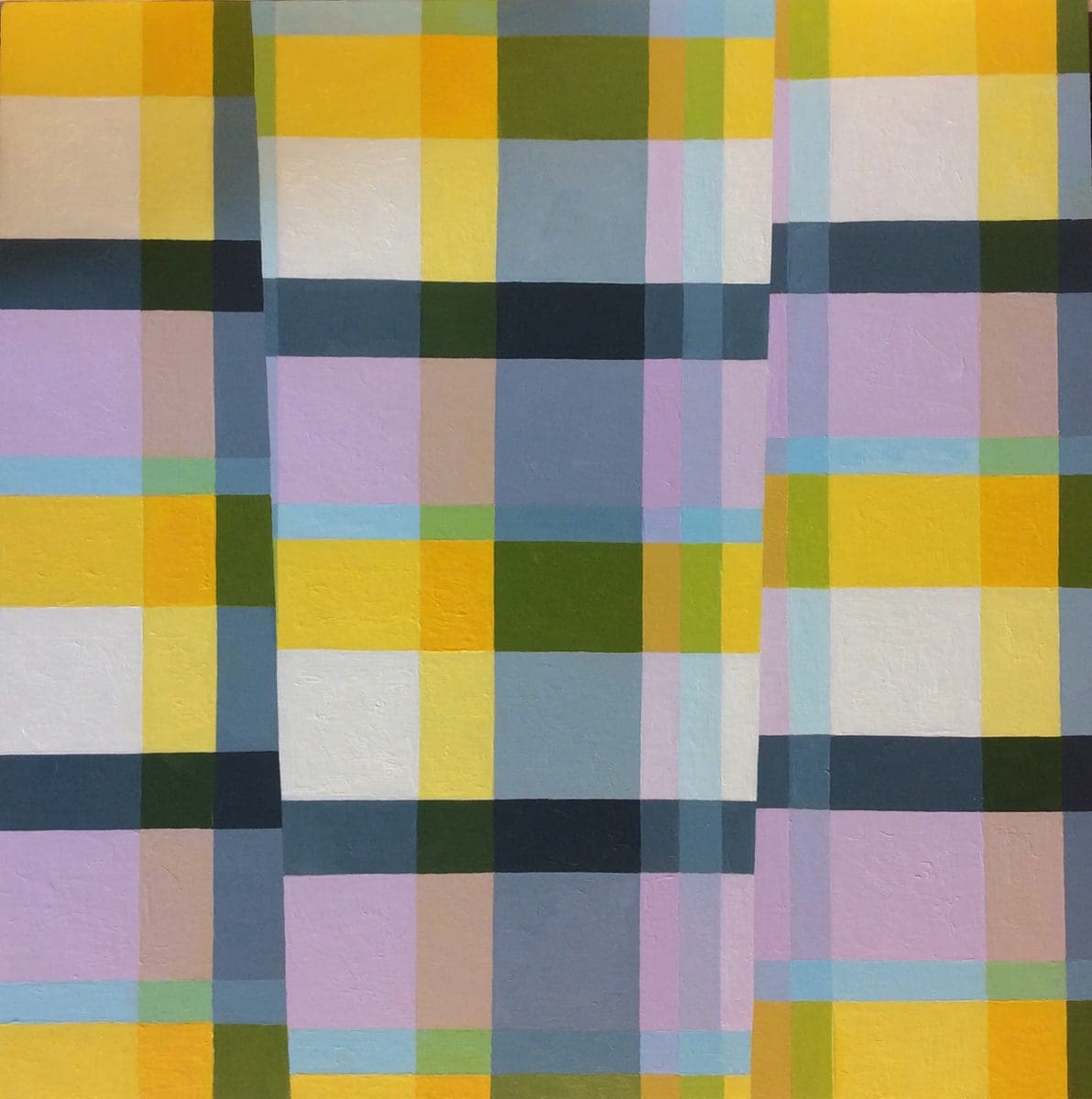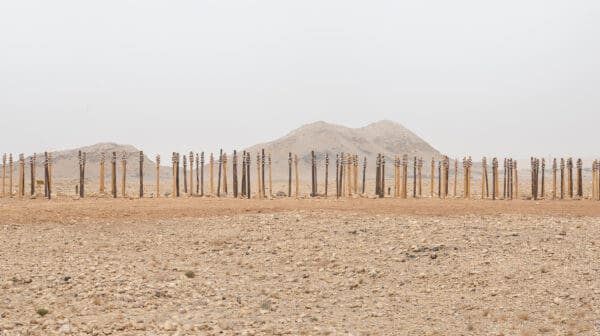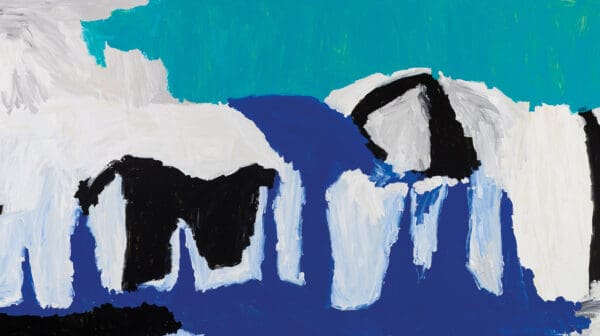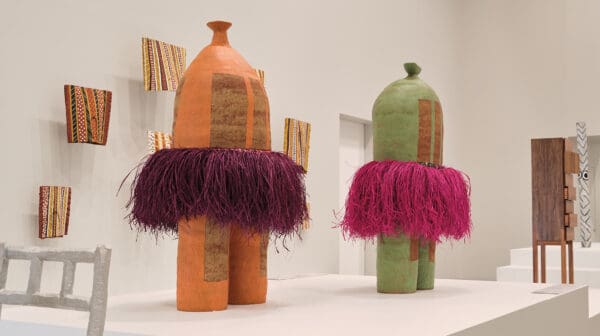With an enduring interest in textiles, Canberra-based artist Al Munro has in the past made paintings based on their pattern. More recently she has been experimenting with a more extended form of translation by transferring the content of those paintings back into textiles “to see what happens”. Like a game of whispers, things change along the way, and unexpected elements emerge.
Munro says her interest in translating from textiles into painting or other media is all about the slippages that happen in the process. “I am interested in the pattern logic and codes and systems of textile structures,” she says.
Coming from a mathematical background, which was part of her PhD, she likes to look at how those pattern systems exist and the possible connection to minimalist abstraction in painting. She is especially curious about how specific characteristics of textile patterns – such as pleating or distortions – might transfer into painting, and back again into textiles.
Visitors to Craft ACT will see both her paintings and their expression as textiles, such as square paintings that are translated into cushions, with curious effects on the repeat patterning as the fine art transfers into design. Other paintings are based on garments, in this case classic A-line dresses. “I have an interest in the 1960s paper dresses,” Munro says. “A lot of those used very geometric patterns, or the designers worked with artists to put the patterns on to the dresses.” She owns one and thought about its silhouette while working on the templates for her new body of work.
It will come as little wonder that she says she is fascinated by the surface and structural qualities of fabrics – the way they have elasticity in their movement, and the way they drape and fall.
Pattern Translation
Al Munro
Craft ACT
11 July–31 August
This article was originally published in the July/August 2019 print edition of Art Guide Australia.





